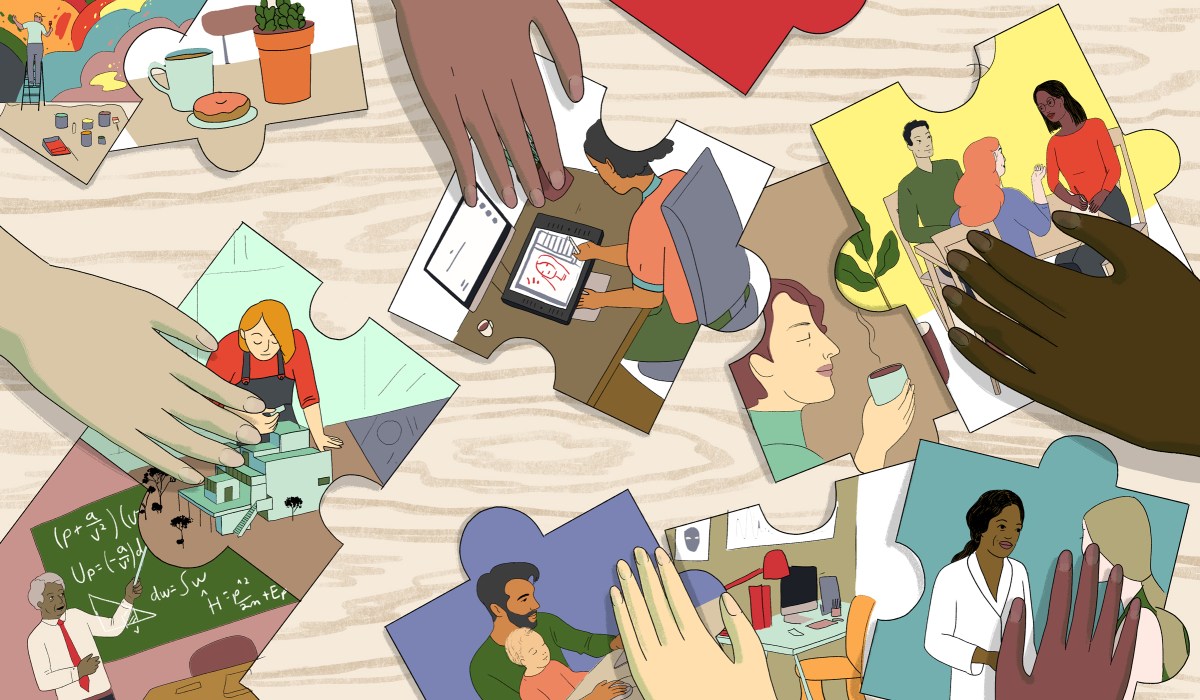
For many, remote work is a recent phenomenon — a nascent practice brought about by public health concerns. By now, however, there are also quite a few companies that have used various distributed models for years, and the people who’ve been part of their journeys possess deep knowledge about what makes (and occasionally breaks) a fully distributed workforce.
Case in point: Sara Rosso, WordPress.com’s Director of Product Marketing. Sara recently celebrated her 10th anniversary at Automattic, and to mark the occasion she took to her own WordPress.com blog to share 10 leadership lessons she’s learned over the course of a decade working with and leading distributed teams.
Sara’s insights span a wide range — from ways to foster psychological safety in the absence of shared physical space, to tips on how to successfully separate work hours from personal time when they both take place in the same house (if not the same room). One of her standout lessons? Optimizing remote meetings to work for people with diverse communication styles and preferences:
Though written communication is a very strong skill needed in a remote company, there is likely a wide variance of personalities and work styles in the company. A remote company can attract both clear extroverts (like myself) and introverts who would be fine not to meet up even twice a year.
One of the ways I’ve had to learn how to lead team and project synchronous meetings is to be sensitive to all types of personalities. As Automattic has grown, it has gone from a company where I knew who had kids and where they each lived, to video calls with people whom I’d never met, never worked with, and in some cases I wasn’t even sure what country or city they’re sitting in.
As an extrovert I am especially aware I need to make space for others to contribute in a synchronous discussion. However not everyone wants to be included in that moment, especially when that means calling on someone spontaneously. Some of the advice I’d heard in the past for meetings was “call on people who haven’t spoken up” to make sure diverse voices are heard on the call. This is not a one-size-fits-all approach, and can definitely backfire.
To explore tools and strategies based on Sara’s deep experience at Automattic, head over to her blog to read the full post.
Illustration by Lily Padula
